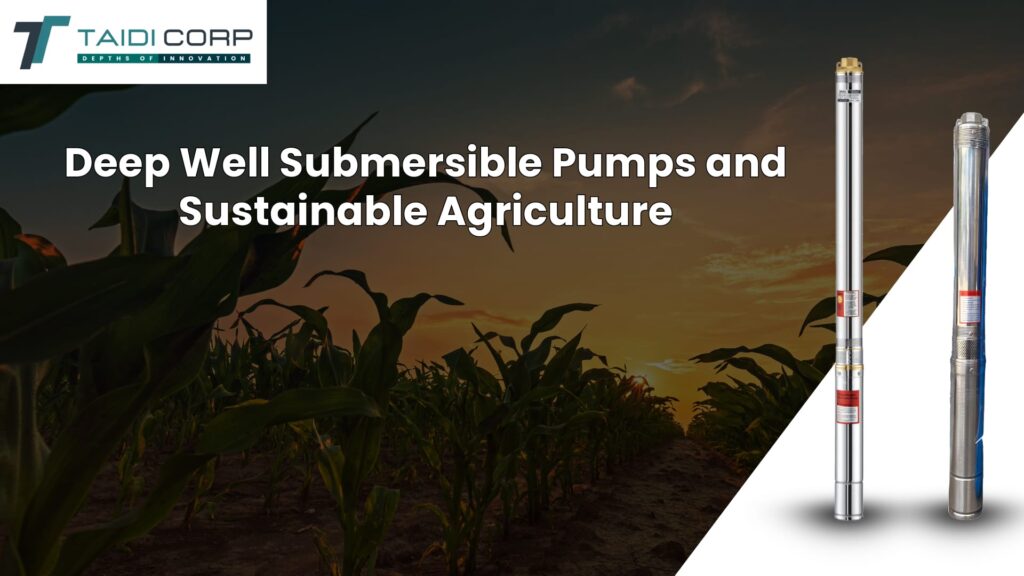
Sustainable agriculture hinges on efficient water management, especially in areas where water resources are limited. As a farmer or grower, one of the most reliable ways to ensure a consistent water supply is through the use of deep well submersible pumps. These pumps are designed to provide access to groundwater, making them essential for irrigation, particularly in arid and semi-arid regions. However, the use of deep well pumps comes with its own set of challenges. This article will explore the common problems associated with deep well submersible pumps and offer practical solutions to ensure sustainable agricultural practices.
Problem 1: High Energy Consumption
Solution: Optimize Pump Performance and Energy Efficiency
Deep well submersible pumps often require significant energy to operate, leading to high operational costs. This is particularly problematic for small-scale farmers who may struggle with the ongoing expense. To mitigate this, it is crucial to optimize the performance of your deep well submersible pump. Regular maintenance, proper sizing, and using energy-efficient models can significantly reduce energy consumption.
For a comprehensive guide on how to optimize the performance of your deep well submersible pump, consider reading this detailed article.
Problem 2: Inconsistent Water Supply
Solution: Ensure Proper Installation and Maintenance
An inconsistent water supply can severely impact crop yield. This issue often stems from improper installation or poor maintenance of the deep well pump. It’s crucial to follow the correct installation procedures and schedule regular inspections to ensure the pump is functioning correctly.
For step-by-step guidance on proper installation, refer to this installation guide.
Problem 3: High Initial Costs
Solution: Evaluate Long-term Benefits and Financing Options
The initial cost of installing a deep well submersible pump can be a significant barrier for many farmers. However, this cost should be weighed against the long-term benefits, such as increased crop yields and reliable access to water. Additionally, there may be financing options available that can help spread the cost over time, making the investment more manageable.
For more information on deep well pump costs and the benefits, check out this case study.
Problem 4: Environmental Impact
Solution: Implement Sustainable Water Management Practices
While deep well submersible pumps are essential for irrigation, their use can lead to the depletion of groundwater if not managed sustainably. It’s important to implement water management practices that prevent over-extraction. Techniques such as drip irrigation and rainwater harvesting can complement the use of deep well pumps, ensuring that water is used efficiently.
For a comprehensive guide on sustainable irrigation practices, consider reading this article.
Conclusion
Deep well submersible pumps are a critical tool in sustainable agriculture, providing reliable access to water for irrigation. However, they come with challenges such as high energy consumption, inconsistent water supply, high initial costs, and potential environmental impact. By optimizing pump performance, ensuring proper installation and maintenance, evaluating long-term benefits, and implementing sustainable water management practices, you can overcome these challenges and make the most of your deep well submersible pump.
For more detailed information and guidance, explore the linked resources throughout this article.
